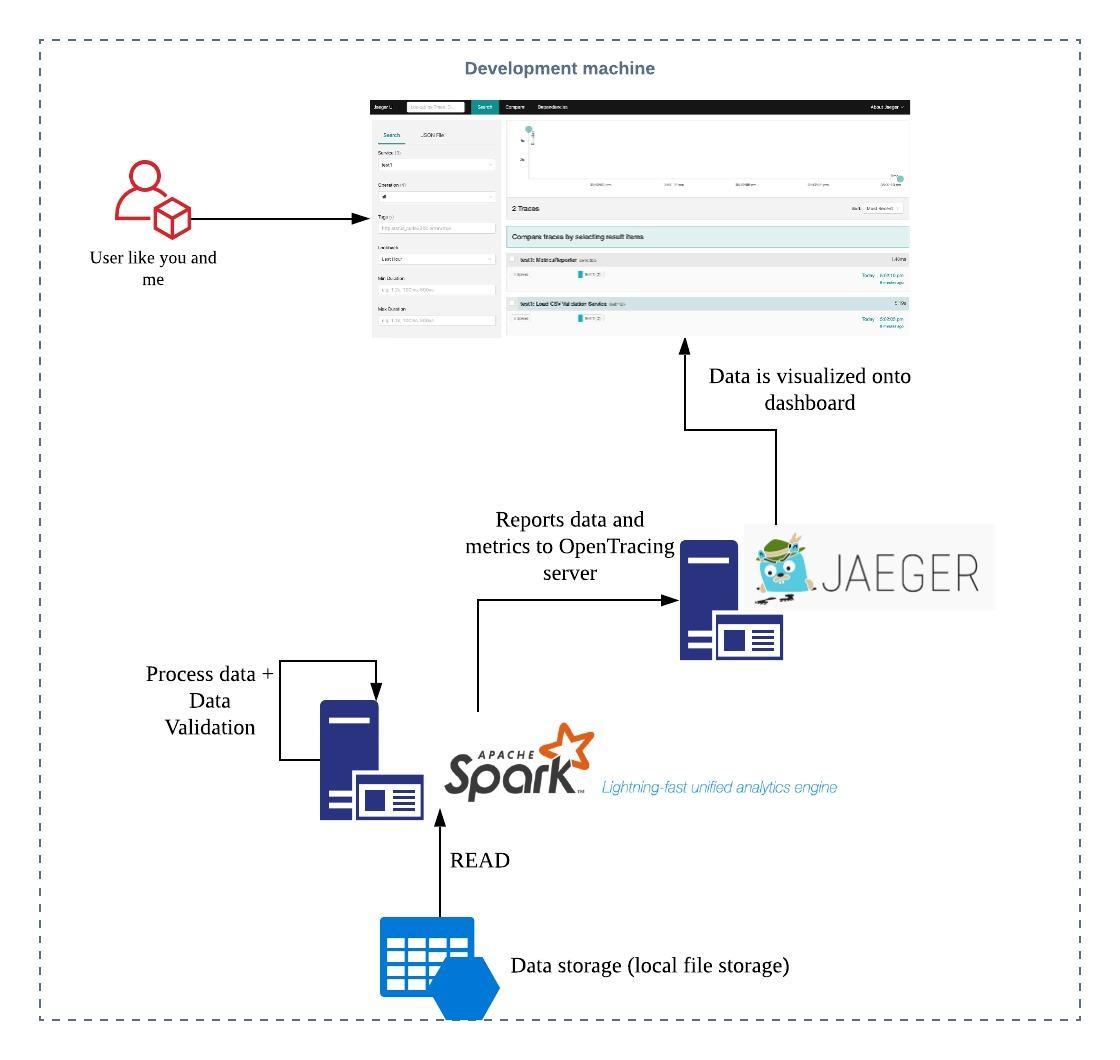What i am really here to discuss is to leverage a tool to discover some realities about our data, especially more so when we start using Apache Spark and its bretheren Databricks by investigating the kinds of help we can expect from leveraging deequ; which allows users to automate the data validation process by integrating the tests into the ML pipelines. In case of violations,data can be quarantined and data enginers can be automatically notified. Deequ is designed to scale to datasets with billions of rows.
Data is at the center of modern enterprises. Online retailers, rely on data to support customers making buying decisions to forecast demand or to schedule deliveries. Missing or incorrect information seriously compromises any decision process. A command trend across different industries is to automatge businesses with machine learning (ML) techniques on large datasets. Data specific problems with ML pipelines commonly occur because of two reasons:
- errorneous data
- missing data
In the former scenario, e.g. out-of-dictionary values for categorial variables or accidental changes in the scale of computed features can cause ML pipelines to unexpectedly change their predictions which is challenging to detect. Furthemore, some model classers cannot handle missing data, and therefore missing entries are commonly replaced by default values (this is a well-known process, called imputation). These default values need to be carefully chosen however as to not unexpectedly change the model's predictions.
Below is an diagram i have setup on my local development machine:
You should be familiar with UNIX/ Linux environment to be able to set this up.
- Install a OpenJDK 1.8 or Oracle JDK 1.8 (take note that you would need the
compiler in addition to the java runtime i.e.
javacandjava). - Install
sbt, read this link to understand how to get familiar withsbt. - Install
gitand you should have access to this code repository - Navigate to the root directory of this project (you would know this because
the
build.sbtis an indicator where the root directory is) and firesbt(If you have configured thePATHpath correctly, you should be able to start this) - You are almost there, hang in there !
- You need an OpenTracing server implementation inorder to view the pretty
visualizations and i would recommend you to download the Jaeger
implementation here
- Depending on your preference and experience, you can launch the jaegar service either using docker or just a regular linux service. Follow the previous link to learn how to do it.
- At this point, you are ready !
- To run the examples, read each individual link below to understand how you can run the examples.
Note: All code is generated by the tut plugin; the original data source
is legitimate. If you like to re-generate the code docs, please re-run tut
again via sbt.
CAUTION: You need to take note is that this project is dependent on
Apache Spark which inturn is dependent on OpenJDK 1.8 or the equivalent
of Oracle JDK 1.8 (I'm not disencouraging you to use the Oracle JDK, of course).
You are invited to look over each of the crafted examples to see how you can
trigger the analysis using some dummy data i have prepared in the
src/main/resources directory.

